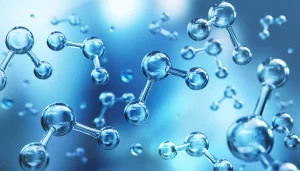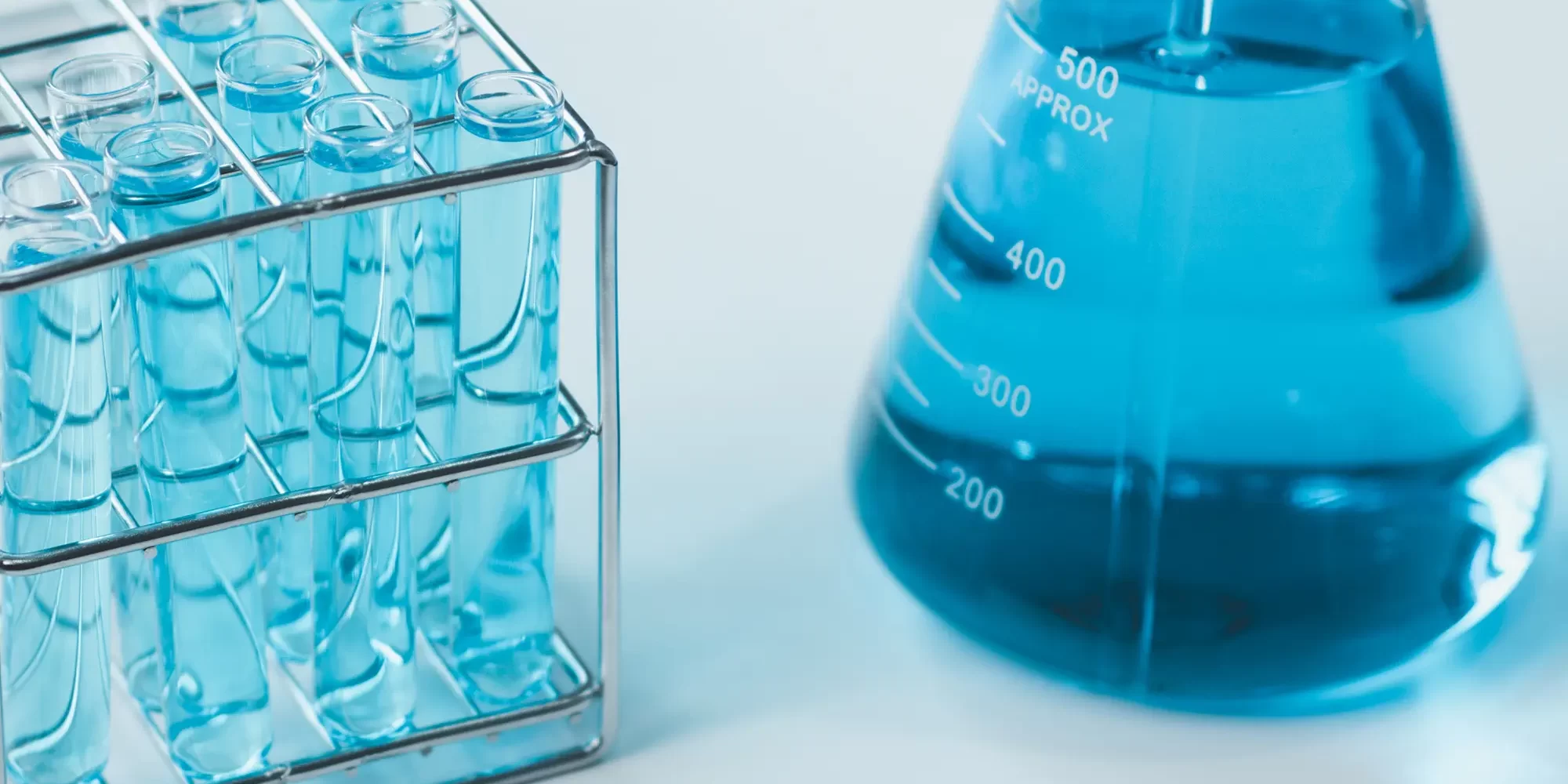Both Chlorine Dioxide (ClO₂) and traditional chlorine have long been relied upon for their effectiveness in eliminating pathogens and ensuring safe water.
However, as industries and regulatory bodies demand better performance, safety, and sustainability, Chlorine Dioxide has emerged as a superior choice in many applications.
This post explores the advantages of Chlorine Dioxide over traditional chlorine for water and surface disinfection.
1. Broader Spectrum of Efficacy
 Traditional chlorine disinfects by oxidising pathogens, but it is often limited in its effectiveness against a broad range of microorganisms, especially under challenging conditions. Chlorine Dioxide, on the other hand, has a higher oxidative potential, allowing it to effectively target a wide range of pathogens, including bacteria, viruses, algae, and even resistant protozoans like Cryptosporidium and Giardia. This makes it a more versatile solution for industries requiring comprehensive disinfection, such as healthcare, food processing, and municipal water treatment.
Traditional chlorine disinfects by oxidising pathogens, but it is often limited in its effectiveness against a broad range of microorganisms, especially under challenging conditions. Chlorine Dioxide, on the other hand, has a higher oxidative potential, allowing it to effectively target a wide range of pathogens, including bacteria, viruses, algae, and even resistant protozoans like Cryptosporidium and Giardia. This makes it a more versatile solution for industries requiring comprehensive disinfection, such as healthcare, food processing, and municipal water treatment.
2. Effective Biofilm Control
Biofilm formation in water systems can harbour bacteria and make standard disinfection efforts ineffective, as biofilms are difficult to penetrate with traditional chlorine treatments. Chlorine Dioxide’s unique molecular structure allows it to penetrate biofilms and eliminate the microorganisms within, reducing the risk of recontamination. This makes ClO₂ particularly valuable in applications where biofilm control is critical, such as in hospitals, cooling towers, and industrial water systems.
3. Lower Concentrations for the Same Effectiveness
One of the main advantages of Chlorine Dioxide is its ability to disinfect effectively at lower concentrations compared to traditional chlorine. For example, ClO₂ can achieve the same biocidal effect as chlorine but with as little as 10% of the dosage. This not only reduces the chemical load on the environment but also lessens the likelihood of corrosive damage to pipes, equipment, and storage tanks, making it a more economical and sustainable choice in the long run.
4. Minimal Harmful By-Products
Traditional chlorine disinfection can result in the formation of potentially harmful by-products, such as trihalomethanes (THMs) and haloacetic acids (HAAs), both of which are regulated due to their carcinogenic properties. Chlorine Dioxide, however, does not produce these by-products. It decomposes into safe, harmless by-products such as salt and water, making it an environmentally friendly option. This is especially important for drinking water applications, where regulatory bodies are increasingly restricting THM and HAA levels.
5. More Stable and Effective Across pH Levels
Chlorine’s effectiveness as a disinfectant can fluctuate depending on the pH of the water, often decreasing in efficacy at higher pH levels. Chlorine Dioxide, however, remains stable and effective across a wide pH range, allowing for more consistent disinfection results. This stability makes ClO₂ an ideal choice for industries with variable water pH levels, such as agriculture and municipal water treatment, where consistent and reliable disinfection is essential.
6. Fast-Acting and Safe for Sensitive Applications
Chlorine Dioxide works rapidly to eliminate contaminants, making it suitable for applications where quick disinfection is needed. Unlike traditional chlorine, it also leaves no residual taste or odour, making it more suitable for sensitive applications such as food and beverage processing. Additionally, ClO₂ does not produce corrosive chlorine residuals, which is advantageous in settings with delicate equipment or materials that could be damaged by traditional chlorine treatments.
7. Sustainable and Environmentally Friendly
As the demand for eco-friendly solutions rises, industries are increasingly favouring chemicals that align with sustainable practices. Chlorine Dioxide’s minimal by-products, lower required concentrations, and effectiveness against a broader range of contaminants make it a greener choice compared to traditional chlorine. By choosing ClO₂, companies contribute to more sustainable water treatment practices, aligning with global environmental goals.
While both Chlorine Dioxide and traditional chlorine have their places in disinfection, ClO₂ offers several distinct advantages that make it a better choice for many applications. Its effectiveness across a wide range of contaminants, ability to penetrate biofilms, lower required concentrations, and lack of harmful by-products make Chlorine Dioxide a safer, more sustainable, and more reliable solution. For more information on choosing the best disinfection solution for your needs, contact us to speak with one of our experts and discover how Scotmas can support your water treatment goals.






